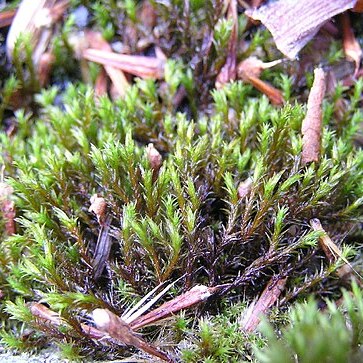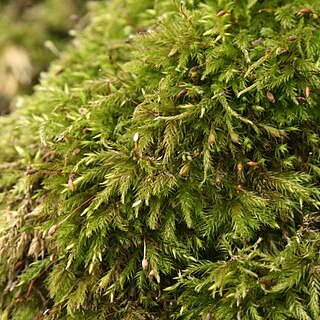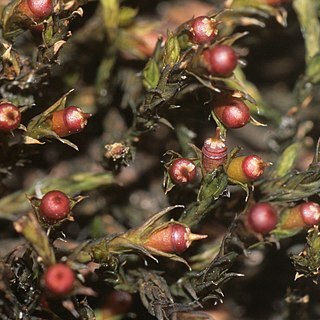Plants in open tufts or mats, olivaceous to brownish (black), sometimes with yellowish tones. Stems 1.2-12 cm, central strand weak or absent. Leaves erect or curved, rarely (falcate-) secund when dry, ovate-lanceolate, sharply keeled distally, (1.3-)1.7-2.5(-3.2) mm, 1-stratose or rarely 2-stratose in striae distally; margins usually recurved throughout or to just before the apex, usually denticulate distally, 1 or 2-stratose; apices acute or sub-obtuse; costa percurrent or excurrent as a smooth or weakly denticulate, occasionally decurrent awn, abaxial surface often papillose; basal marginal cells usually quadrate; distal laminal cells mostly short-rectangular, 8-10 µm wide, smooth, sinuose. Sexual condition autoicous. Capsule dark red or brown, short-cylindric, 0.7-1.3 mm; exothecial cells usually quadrate, sometimes mixed with short-elongate or oblate cells, thin-walled, usually trigonous; stomata present; peristome patent or erect, often twisted, 350-600(-700) µm, red, densely papillose, usually perforated. Spores 11-14(-19) µm, granulose or smooth.
Plants medium-sized, in tufts, dark green or blackish, occasionally reddish. Stems 10-30 mm long. Leaves erect to spreading, frequently bistratose above; ovate-acuminate; apex acute, infrequently with hyaline, toothed awn; costa percurrent or extending into awn. Upper laminal cells quadrate to short-rectangular, incrassate, frequently sinuate. Capsule immersed, ovoid; peristome teeth triangular; operculum rostrate. Easily recognised by its immersed capsules.



